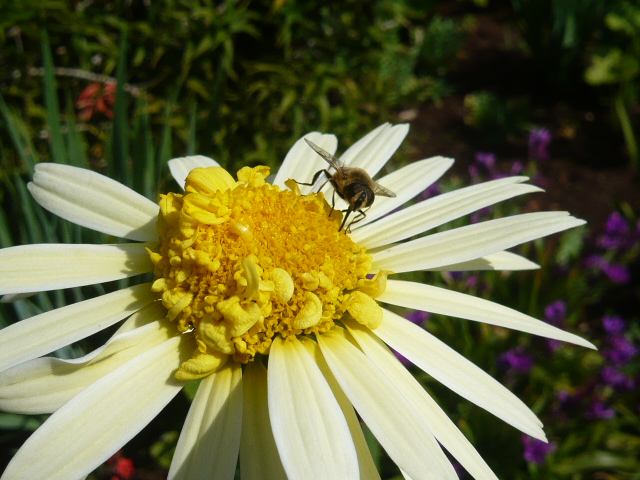
Pollinators For Green Gardening
The press have had a field day talking about the reduction in the numbers of bees. It is a problem gardeners can do a bit about but bees are not the only pollinators that need a timely helping hand.
Habitat for Pollinators
- Health and safety are issues for insects just as they are for gardeners. Look after both.
- Often forgotten, but insects need a source of fresh water. A shallow sloping bowl will provide a landing place for safe drinking.
- Insects can be predatory but that is nature. Gardeners need to cater for all life and insects down the food chain to give beneficial insects the best chance of survival.
- Pollen and nectar are key food sources for insects. see below.
- Do not be obsessively tidy, leave places to hide, breed and sleep.
- A log pile, rough grass, bed of nettles, brambles, old plant stems and ivy are worth cultivation ( I mean having but not cultivating)
Health Issues for Pollinators
- Do not use insecticides!
- Do not use herbicides, they will kill off useful plants and chemical residues can alter the natural balance in a garden.
- The aim should be to have a balance with nature allowing all living things a space in the green garden.
- Pollination is less of an issue for the gardener who basically just wants healthy plants that are resistant to attack from all the environment can throw at them. In these cases optimum gardening can come from Integrated Pest Management or IPM.
Food Sources For Pollinators
- Flowers are key to feeding many insects.
- Single flowers where the centre is accessible are great. Asters, daisies, herbs, dahlias, sages and buddleia are known for attracting insects
- Native species of plant and wild flowers are likely to provide appropriate food sources rather than exotic imported or over bred or F1 plants.
- Grow flowers for July and August when nectar and pollen food sources are surprisingly scarce.
- Clover and lawn daisies can be encouraged in a lightly mown lawn.
- Pot plants can add to the food store via cosmos, marigolds, tagetes and toadflax.
- Grow plants that open sequentially up the stem like foxgloves so bees can feed without having to seek out new sources.
Pollinators Other than Bees
- Mites, Ants and creepy crawlies.
- Wind can blow pollen from one plant to another. Just look at the catkin pollen that gets blown around in spring or grass pollen on high pollen count days.
- Moths and butterflies, birds, bats and beetles can often be species specific pollinators. Plants attract the pollinators they need by scent, colour and a range of individual techniques.
.
Credits
Pollination Makes The World Go Around
Sympathy Planting and Vegetable Pollination
Grow Seedheads for Wild Life
Pollination of Crocus by Insects
Sarah Raven and Daily Telegraph for some of the food plant ideas.

What is Integrated Pest Management
Integrated Pest Management (IPM) is an effective and environmentally sensitive approach to pest management that relies on a combination of common-sense practices. IPM programs use current, comprehensive information on the life cycles of pests and their interaction with the environment. This information, in combination with available pest control methods, is used to manage pest damage by the most economical means, and with the least possible hazard to people, property, and the environment. Read more USA gov
Integrated Pest Management books from Amazon
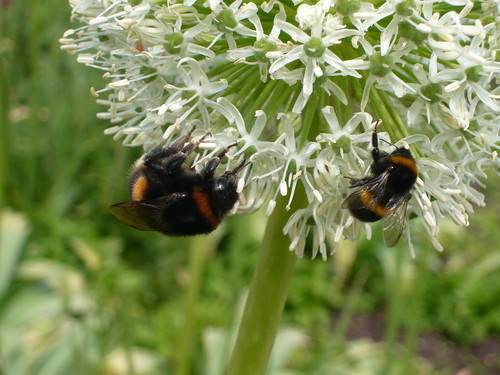
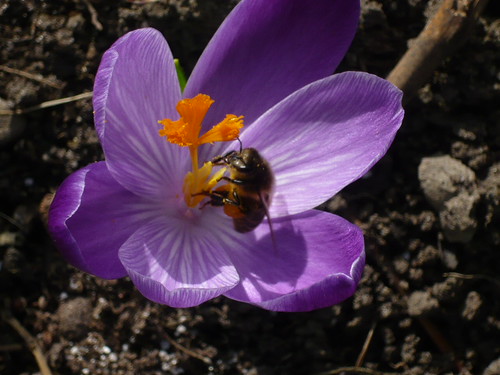
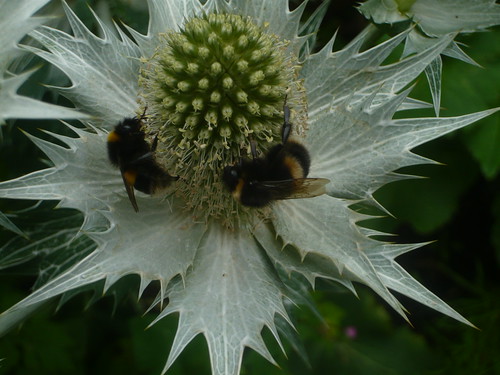
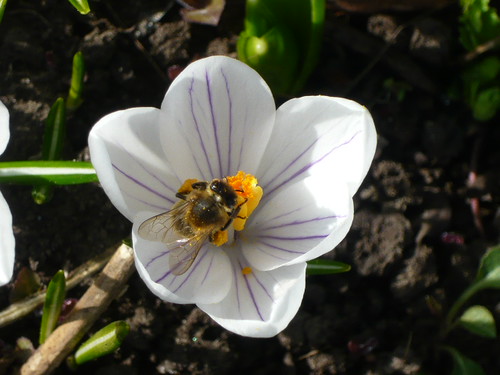
3 thoughts on “Pollinators For Green Gardening”
Comments are closed.